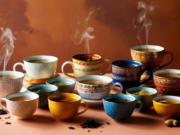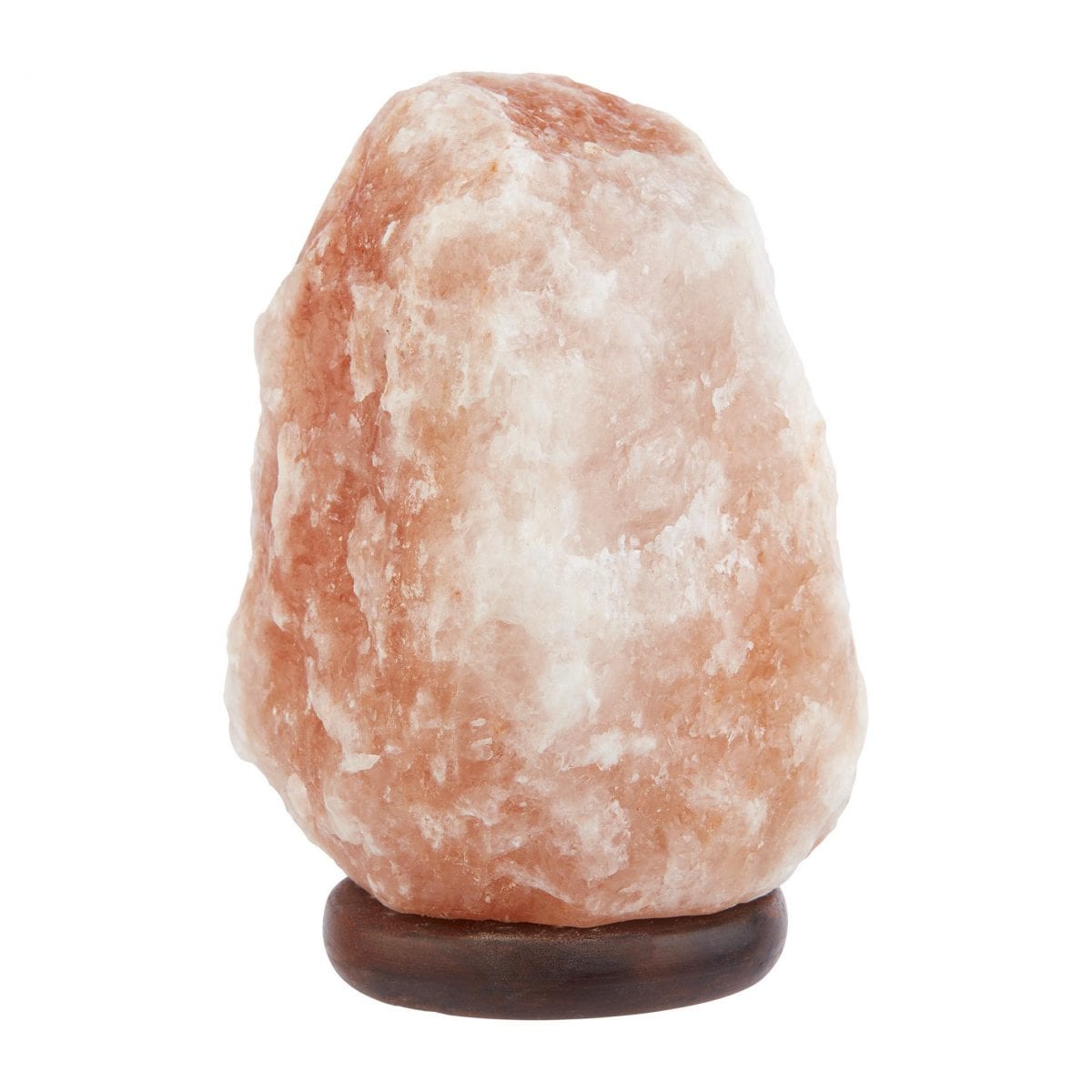Air care is a great way to ensure that you get the best quality of air at home and for the right reasons. But what’s the difference between diffusers, purifiers, humidifiers and vaporizers? We clear up the cloud of confusion right here!
Diffuser
A diffuser uses essential oils and is great for emitting soft vapours into a room, filling the room with a light scent. Depending on the oils you choose, the mist could offer additional benefits. Saje Natural Wellness sells a variety of essential oils for their diffusers, and each one offers a specific remedy. For example, lavender is good for sleep and relaxation, eucalyptus is good for respiratory issues, jasmine is good for restlessness and calming nerves and lemon is a good for freshening up a space and uplifting your mood.

DIY Diffuser
If you’ve just whipped up a fantastic meal or you want to freshen up your home, we’ve got a simple stove-top diffuser for you. All it requires is a small pot, some water and a few aromatics — like an orange or clementine, cloves, a cinnamon stick, a few drops of vanilla essence, candied ginger slices, dried coconut or nutmeg. When making your aromatic mix, you only need one or two of each item, depending on the size of the pot or the space you want to refresh.
Fill the small pot halfway with water. Add your aromatics of choice — and feel free to mix aromatics. Bring the water to a low simmer and then let the mix simmer on low heat. The fragrance will dissipate throughout the space. Keep an eye on the pot and add more water if necessary. Replace the contents after a few hours of simmering. My favourite combination — a small clementine, a cinnamon stick or two, a nutmeg pod, two tablespoons of dried shredded coconut and three candied ginger slices — smells like fresh baking.

Humidifier
Humidifiers are a great way to add moisture to the air, and they can help with dry air that can affect your nose, mouth and throat to relieve congestion. The main difference between humidifiers and diffusers is that humidifiers are not built for use with essential oils. Oils could damage the internal parts of a humidifier. You also have to be careful where you place the humidifier. You don’t want it too close to wooden furniture, so read the instructions carefully.
There are also two types of humidifiers — cool mist and warm mist. The biggest difference is that a warm mist humidifier heats the water first, so it gives off a gentle, warm mist. But some warm mist humidifiers risk burning small children because the devices include a heating component. Both types of humidifiers are effective in moistening dry air.

Vaporizer
Vaporizers are mostly used for medicinal purposes. They turn specific substances into vapours and are good for helping with congestion, colds and other ailments.

Air Purifier
Air purifiers or air cleaners help eliminate pollutants and other microorganisms from the air. Using an air purifier helps to remove irritants like dander, allergens, dust, mould, second-hand smoke and odours from the air, making the air cleaner to breathe.

Himalayan Rock Salt Lamp
Blending ambience and health, Himalayan rock salt lamps are revered in Feng Shui. They’re a great way to naturally enhance the air quality. Salt attracts moisture, so when the lamp is off, it will slowly draw in the moisture that’s hanging in the air. Once you turn the device on, it will emit a soft vapour using the moisture it collected.

Main Image Photo Credit: HomeSense
Geeta Wahab
Author
Cultivating a life she loves, Geeta (@geets.suites) is chasing all her passions, including her love for home décor. As a brand new home owner, her current journey has launched her further into that world - check out her Instagram @geets.suites for tidbits of her story and other decorating pieces. A...


















































































































